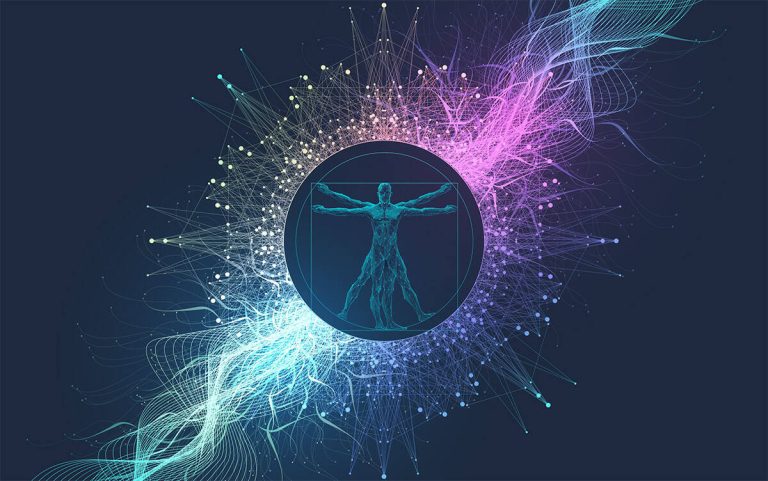How quantum sensors could improve human health and wellbeing
How quantum sensors could improve human health and wellbeing

As the world celebrates the 2025 International Year of Quantum Science and Technology, it’s natural that we should focus on the exciting applications of quantum physics in computing, communication and cryptography. But quantum physics is also set to have a huge impact on medicine and healthcare. Quantum sensors, in particular, can help us to study the human body and improve medical diagnosis – in fact, several systems are close to being commercialized.
Quantum computers, meanwhile, could one day help us to discover new drugs by providing representations of atomic structures with greater accuracy and by speeding up calculations to identify potential drug reactions. But what other technologies and projects are out there? How can we forge new applications of quantum physics in healthcare and how can we help discover new potential use cases for the technology?
Those are the some of the questions tackled in a recent report, on which this Physics World article is based, published by Innovate UK in October 2024. Entitled Quantum for Life, the report aims to kickstart new collaborations by raising awareness of what quantum physics can do for the healthcare sector. While the report says quite a bit about quantum computing and quantum networking, this article will focus on quantum sensors, which are closer to being deployed.
Sense about sensors
The importance of quantum science to healthcare isn’t new. In fact, when a group of academics and government representatives gathered at Chicheley Hall back in 2013 to hatch plans for the UK’s National Quantum Technologies Programme, healthcare was one of the main applications they identified. The resulting £1bn programme, which co-ordinated the UK’s quantum-research efforts, was recently renewed for another decade and – once again – healthcare is a key part of the remit.
As it happens, most major hospitals already use quantum sensors in the form of magnetic resonance imaging (MRI) machines. Pioneered in the 1970s, these devices manipulate the quantum spin states of hydrogen atoms using magnetic fields and radio waves. By measuring how long those states take to relax, MRI can image soft tissues, such as the brain, and is now a vital part of the modern medicine toolkit.
While an MRI machine measures the quantum properties of atoms, the sensor itself is classical, essentially consisting of electromagnetic coils that detect the magnetic flux produced when atomic spins change direction. More recently, though, we’ve seen a new generation of nanoscale quantum sensors that are sensitive enough to detect magnetic fields emitted by a target biological system. Others, meanwhile, consist of just a single atom and can monitor small changes in the environment.
“There are lots of different quantum-based companies and institutions working in the healthcare sector”
As the Quantum for Life report shows, there are lots of different quantum-based companies and institutions working in the healthcare sector. There are also many promising types of quantum sensors, which use photons, electrons or spin defects within a material, typically diamond. But ultimately what matters is what quantum sensors can achieve in a medical environment.
Quantum diagnosis
While compiling the report, it became clear that quantum-sensor technologies for healthcare come in five broad categories. The first is what the report labels “lab diagnostics”, in which trained staff use quantum sensors to observe what is going on inside the human body. By monitoring everything from our internal temperature to the composition of cells, the sensors can help to identify diseases such as cancer.
Currently, the only way to definitively diagnose cancer is to take a sample of cells – a biopsy – and examine them under a microscope in a laboratory. Biopsies are often done with visual light but that can damage a sample, making diagnosis tricky. Another option is to use infrared radiation. By monitoring the specific wavelengths the cells absorb, the compounds in a sample can be identified, allowing molecular changes linked with cancer to be tracked.
https://physicsworld.com/a/how-quantum-sensors-could-improve-human-health-and-wellbeing/
